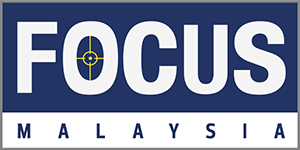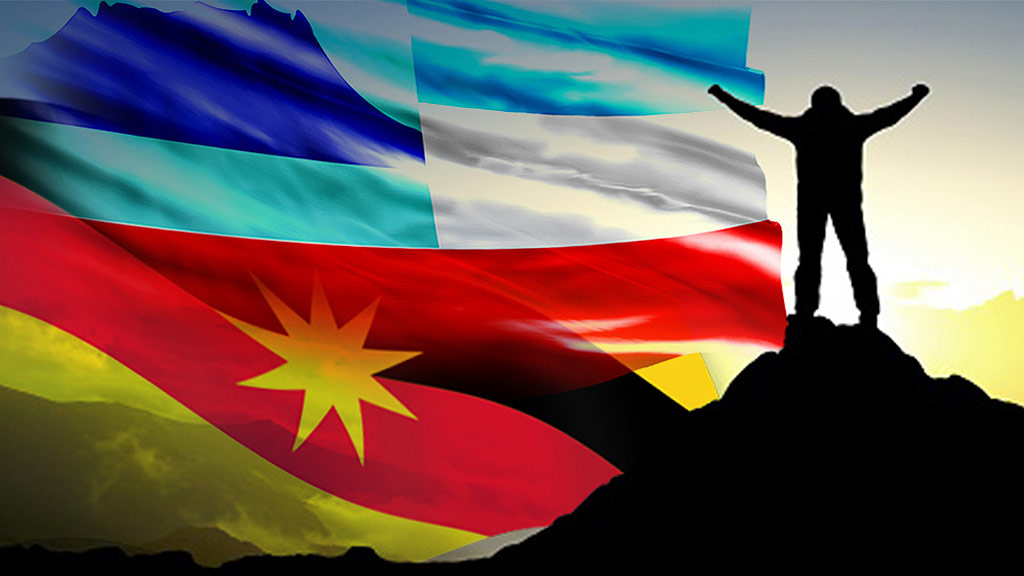FOR years, Sarawak has been the economic success story of East Malaysia. Its commanding lead in oil and gas (O&G), infrastructure and state autonomy often made it the benchmark others aspired to.
But that narrative is beginning to shift. Quietly but steadily, Sabah is emerging as a serious contender – and in some areas – it is already pulling ahead.
In 1Q 2025, Sabah recorded RM10.9 bil in approved investments, the third highest in the country, trailing only Selangor and Kuala Lumpur.
What’s more telling is that 61% of these investments were foreign direct investment (FDI), indicating strong global confidence in Sabah’s economic trajectory. By contrast, Sarawak’s investment momentum has slowed with over 65% of its 2023 capital inflows coming from domestic sources.
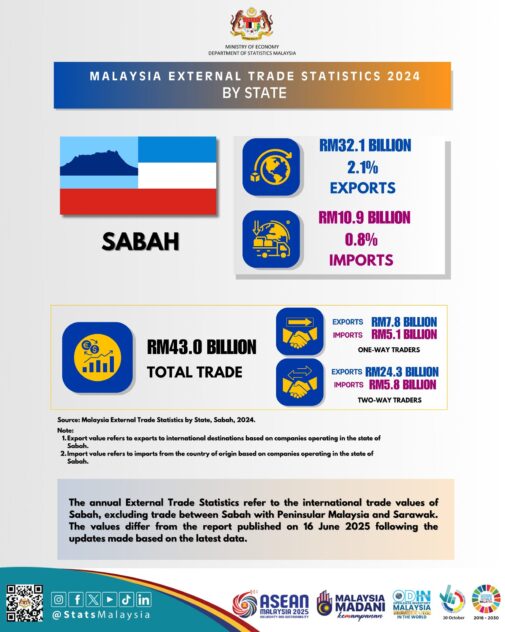
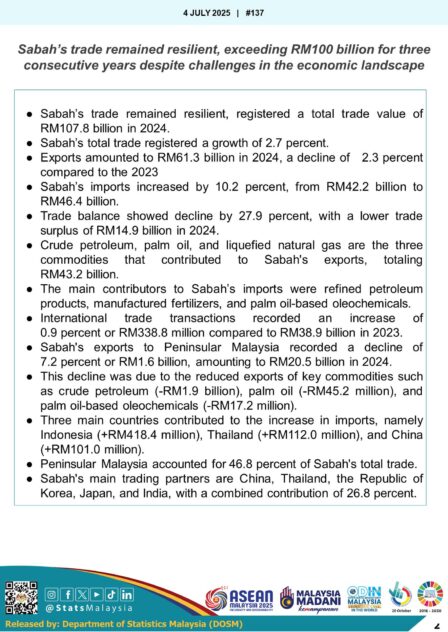
A manufacturing revival built on steel and glass
This momentum is not isolated. It is matched by a manufacturing sector that is fast gaining national prominence.
Sabah topped Malaysia’s manufacturing investments during 1Q 2025 at RM7.3 bil. This is on the back of major investments prior led by major players such as China’s Kibing Group which pumped in RM950 mil to expand its glass production facility in Kota Kinabalu Industrial Park.
A massive RM31 bil green steel project by Esteel Enterprise is also underway in the Sipitang Oil and Gas Industrial Park.
These moves signal Sabah’s transition from raw commodity dependency to higher-value industrial activities, a transition that Sarawak began earlier but one Sabah is now accelerating with notable speed.

Under Chief Minister Datuk Seri Hajiji Noor, Sabah has negotiated for equity stakes in key projects – including 50% in the Samarang offshore oil field, 25% in the SAMUR petrochemical plant and most recently, 25% in PETRONAS’ RM13.7 bil nearshore floating liquefied natural gas (ZLNG) facility in Sipitang.
These landmark deals not only promise long-term revenue streams but reflect growing confidence in Sabah’s governance and regulatory clarity. ConocoPhillips’ recent pivot toward Sabah’s deepwater blocks also underscores a shift in upstream priorities.
Tourism numbers back with a vengeance
In terms of tourism, Sabah welcomed 3.1 million tourists in 2024, surpassing its own target and building on its post-pandemic rebound.
While Sarawak registered higher total arrivals, Sabah’s aggressive international marketing, direct flight connectivity and nature-based appeal are helping it capture a broader and more resilient tourist mix.
New direct routes from Taipei, Busan and Fukuoka are boosting visibility and accessibility for both leisure travellers and investors.

Crucially, Sabah’s appeal lies in its diversity – from Mount Kinabalu and Sipadan Island to cultural trails and rural homestays. These offerings have been packaged with a more modern marketing push, including social media-driven campaigns, ecotourism showcases and strategic airline partnerships.
Industry players are of the view that Sabah’s branding feels fresher, more global and more connected to experiential travel trends driving today’s tourism recovery.
From most poor to most improved
Beyond the headline numbers, Sabah’s development push is showing up where it matters most – in households once left behind.
In just over a year, Sabah slashed its number of hardcore poor households from over 22,000 in mid-2023 to just 1,464 by early 2025.
By comparison, Sarawak still had over 17,000 such households as of May 2024. Sabah’s targeted aid programmes, affordable housing roll-out and student support schemes have helped deliver tangible results. The numbers are not just statistics – they represent a shift in the lived realities of thousands.
The Hajiji effect: Policy, pressure and delivery
None of this happened by accident. Under the Hajiji administration, Sabah has streamlined investor approvals, set performance timelines and enforced implementation deadlines, even warning civil servants to act swiftly or face removal.
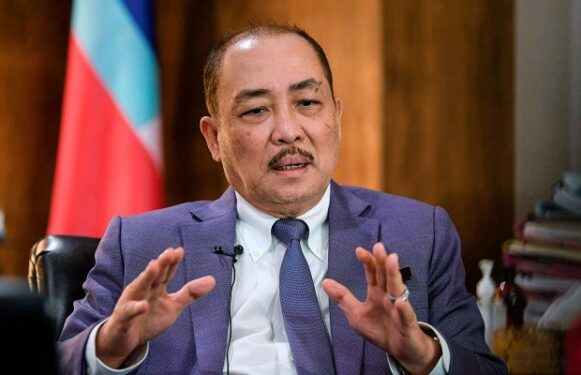
The Sabah Maju Jaya plan is no longer a slogan; it is policy with teeth, backed by fiscal prudence and political stability.
Sarawak still leads in areas like power exports and state reserves – and remains a vital engine of Malaysia’s economy. But the data suggests that Sabah may no longer be playing catch-up.
In fact, the next chapter of East Malaysia’s development story may very well be written from Kota Kinabalu.
For years, Sabah looked up to Sarawak’s model. The view now is starting to level out. – July 29, 2025
Main image credit: New Malaysia Herald
